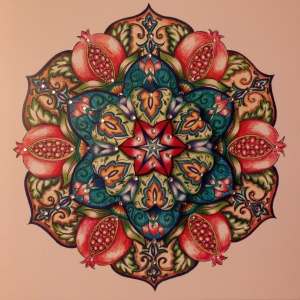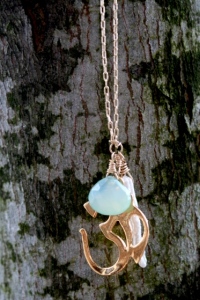7 Ways to Feed Your Chakras through Food
“If we always do what we’ve always done–we’ll always get what we’ve always gotten.” -Anonymous
Have you ever gone on a diet, only to find yourself back in your old eating habits a short time later? The issue might lie in how you approach not only the diet, but the concept of food in general.
“Going on a diet” implies a temporary regimen that we’ll eventually stop. If we continue to see food as a static diet, and not in the broader sense of being a dynamic tool for personal growth, chances are we won’t be led to our inner potential through eating.
Therefore, I am going to challenge you to open your vision of “food” to a larger concept of “nourishment of the whole self,” which I believe will give you more sustainable changes and a renewed, fresh relationship with something as common as eating.
Our relationship with food can be broken down into seven chakras. Discover which areas of nourishment may be particularly relevant to you by doing the Spectrum Quiz (http://whole-detox.com/the-spectrum-quiz/) and then reading more below:
1. Food is grounding. Most people have a grounding relationship with food – it provides a way to be fully present in the body. It gives us the energy we need to exist. Our body provides us with the foundation for our entire being to survive in the physical world. How do you connect with your body and listen deeply for its wise messages? Are you tapped into your instinct? How do you create stability in your everyday life so you feel safe enough to make choices that serve your bodily needs?
2. Food is emotion. We have strong feelings about food – what to eat, when to eat, how to eat. Our eating becomes who we are, and, as a result, it can stimulate a wide range of feelings. Sometimes our feelings are trapped within and when we don’t express them, we turn to our favorite foods for comfort. How can you take the concept of “flow” into your everyday creativity, allowing your emotions to be fluid and free? Are there ways that you invite a healthy dance between emotions and eating that satisfies YOU, not your cravings?
3. Food is transformation. Every act of eating represents one of transformation. We take in a food and turn it into our being. Often when we eat, we are not just taking in the food – we may find ourselves taking in the clutter in our mind and in our environment, including the conversations, the hustle-bustle of the every day, and all the tasks we have yet to do. How can you bring more concentrated, fiery transformation into your eating so you can assimilate what is surrounding you in a balanced manner?
4. Food is love. Our heart connects to the eating experience through a shared meal with others or giving and/or receiving food. If we feel moved, we may prepare foods for others or surprise them with a gift of food. The holidays are a perfect time to share food with family and friends. When we make foods with love, we are extending the outreach of our heart and we may get gratitude in return. How can you find even more self-love by serving yourself and others by making nourishing, healthy choices that resonate with your heart?
5. Food is our truth. Speaking our voice about what we eat allows us to be authentically who we are. When we are presented with an array of choices, we have the ability to choose for our highest good and our best self. If we make these congruent choices, we are consistent on our path. How many times are you able to find your voice to speak what is on your heart? Are you open to making choices that will surrender you to an authentic life? By expressing your unique eating truths, you may open up to an expanse of opportunity!
6. Food is mood. What we eat can impact our overall mood, and our mood can drive our food choices. How do you stay conscious of this rhythmic flow? Are you tuned in to your internal sense of intuition, which can allow you to know what food is good for the type of mood you want to create? We contain all of the wisdom we need when it comes to knowing what is beneficial for us. The goal is to go within to seek this internal wisdom that can transition us from intellect to insight we can harness in every moment. If you’re curious about what science has told us about the relationship between food and mood, check out this blog.
7. Food is connection. Every bite of food we take represents the web of nature – from the field to the farmer to all the interactions that food had with the natural elements of animals, sun, rainbows, clouds, stars, and moon, and to all of the hands it passed through to make its way onto the fork. There is something special about the act of eating; it is required for our bodily survival and, at the same time, it gives us a pathway to the soul of seeing outside of the constraints of our body and into the eternal landscape of connection. How can you get more connection in that next bite of food? If you can stay in the mindset of every meal being a miracle, you are on your way to filling yourself with the divine nourishment of connection.
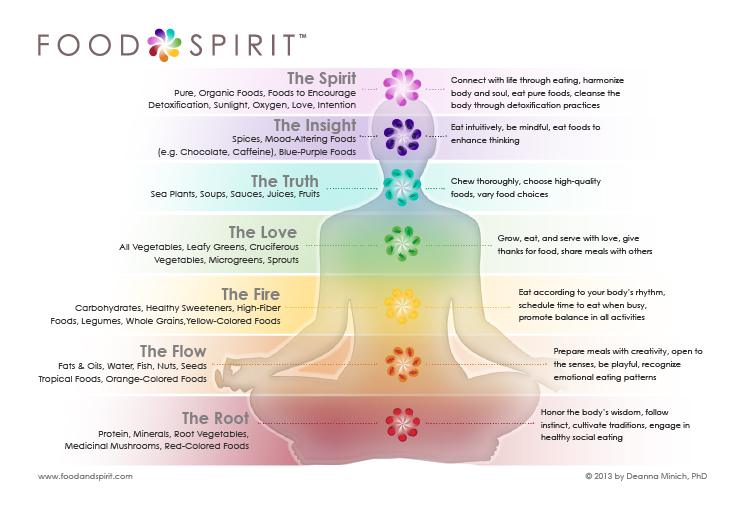
Like a kaleidoscope that turns to reveal new patterns and colors, food is an everyday rainbow experience of nourishing the whole self. For an in-depth guide to eating to enhance your chakras, look for my new book Whole Detox, coming in March! In the meantime, see what new themes emerge for you in 2016 – be ready to transform through the spectrum of discovery!
Dr. Deanna Minich is an internationally-recognized lifestyle medicine expert, creative visionary, and author of five books. Her twenty years of experience in the nutrition and functional medicine fields led her to develop an integrated, “whole self” approach to nutrition and detox called Food & Spirit, which is the practice of understanding one’s eating and living through the seven core symbolic themes. Her passion is teaching a whole-self approach to nourishment and bridging the gaps between science, spirituality, and art in medicine. Her new book, Whole Detox, comes out on March 8th. Learn more about the book and Whole Detox program at whole-detox.com.
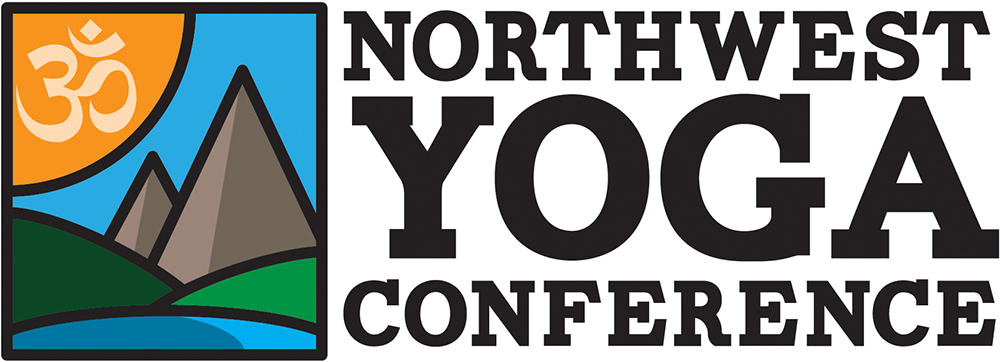




 My focus within yoga has led me to an understanding of the importance of connecting to and cultivating ‘inner radiance.’ When we are radiant, we are bright, enthusiastic, emitting positive uplifting energy, we are a light to ourselves and others. Some yogic texts reference the energy that emanates from the heart center as radiance. It is the power that enables us to share and teach through our presence. The more aware and connected we are to the Truth within, the brighter our radiant body.
My focus within yoga has led me to an understanding of the importance of connecting to and cultivating ‘inner radiance.’ When we are radiant, we are bright, enthusiastic, emitting positive uplifting energy, we are a light to ourselves and others. Some yogic texts reference the energy that emanates from the heart center as radiance. It is the power that enables us to share and teach through our presence. The more aware and connected we are to the Truth within, the brighter our radiant body.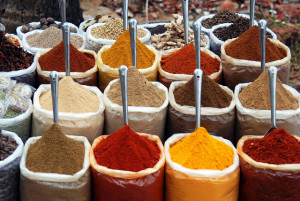
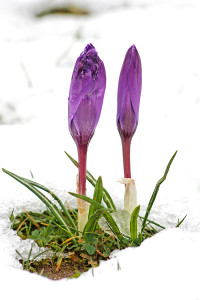 Strongly in tune with the seasons, Ayurveda considers this time of year to be when kapha—the earth/water element dosha—is liquefying and pitta—the fire/water element dosha—begins to rise, just as outside the soil thaws and the first bulbs emerge. For most of us, this means a general recommendation of moving more in the earlier hours of the day (between 6-10am), eating foods that are more light, dry, pungent and warming (early spring greens are seasonal and especially good) and sticking to a daily routine with three modest meals at regular times. Many with spring allergies find it helpful to incorporate a morning routine of clearing the nasal passages with a neti pot and following up with a nasya oil—an herb-infused sesame oil—in the nostrils. Most importantly, spring is a time of heightened play and spontaneity to move out any winter melancholy or stagnation, so be sure to make time to dance, goof off and be nonsensical with friends.
Strongly in tune with the seasons, Ayurveda considers this time of year to be when kapha—the earth/water element dosha—is liquefying and pitta—the fire/water element dosha—begins to rise, just as outside the soil thaws and the first bulbs emerge. For most of us, this means a general recommendation of moving more in the earlier hours of the day (between 6-10am), eating foods that are more light, dry, pungent and warming (early spring greens are seasonal and especially good) and sticking to a daily routine with three modest meals at regular times. Many with spring allergies find it helpful to incorporate a morning routine of clearing the nasal passages with a neti pot and following up with a nasya oil—an herb-infused sesame oil—in the nostrils. Most importantly, spring is a time of heightened play and spontaneity to move out any winter melancholy or stagnation, so be sure to make time to dance, goof off and be nonsensical with friends.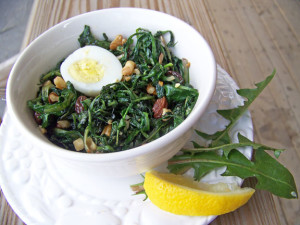

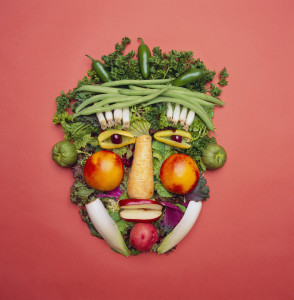 Perhaps all you need to do is have a meal with them to know more about them. After all, research shows that we make more than 200 decisions about food every day. As a result, our relationship with eating says something rather significant about how we choose to live our lives. This idea may not be far-fetched considering that we have long been told “you are what you eat.”
Perhaps all you need to do is have a meal with them to know more about them. After all, research shows that we make more than 200 decisions about food every day. As a result, our relationship with eating says something rather significant about how we choose to live our lives. This idea may not be far-fetched considering that we have long been told “you are what you eat.”


